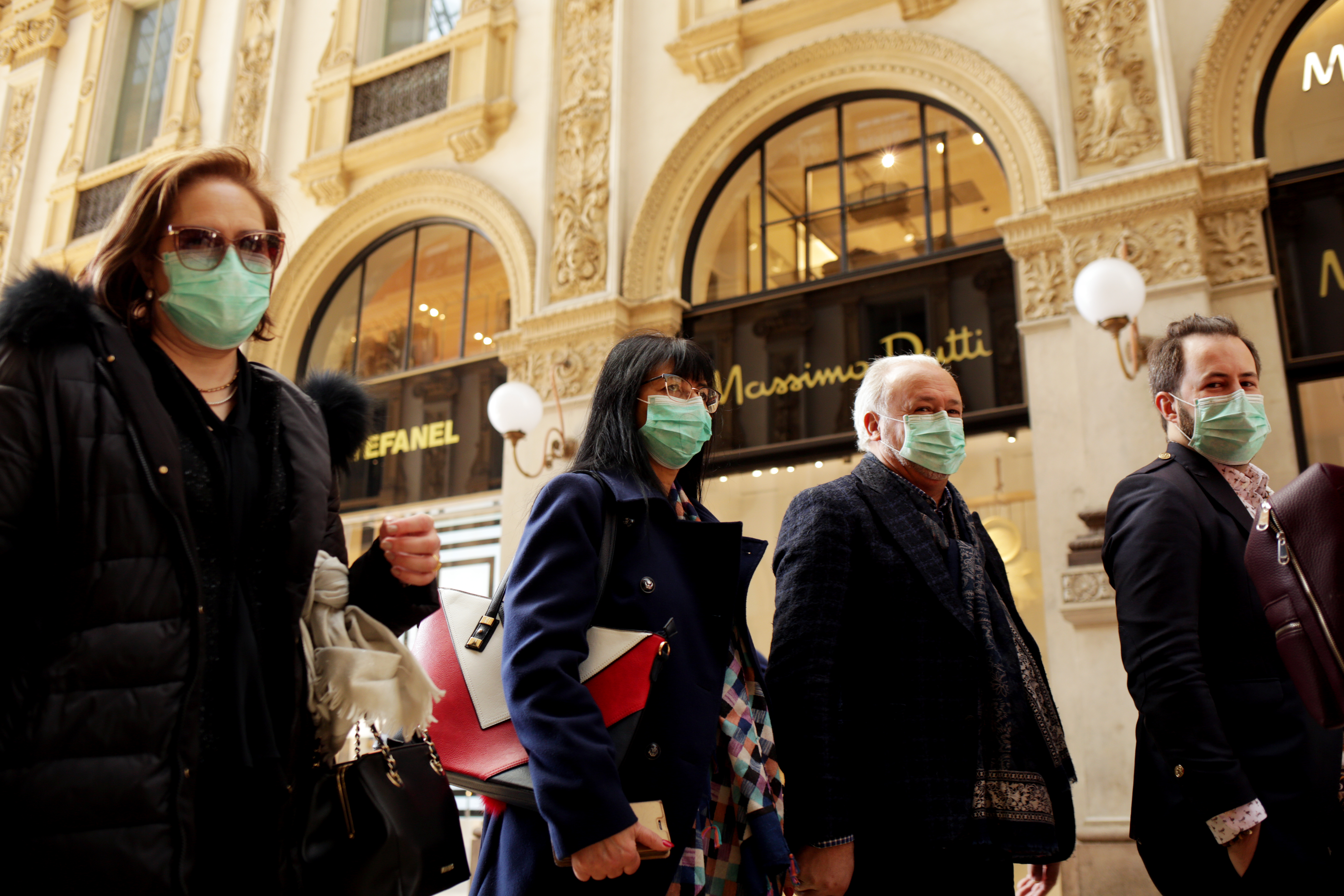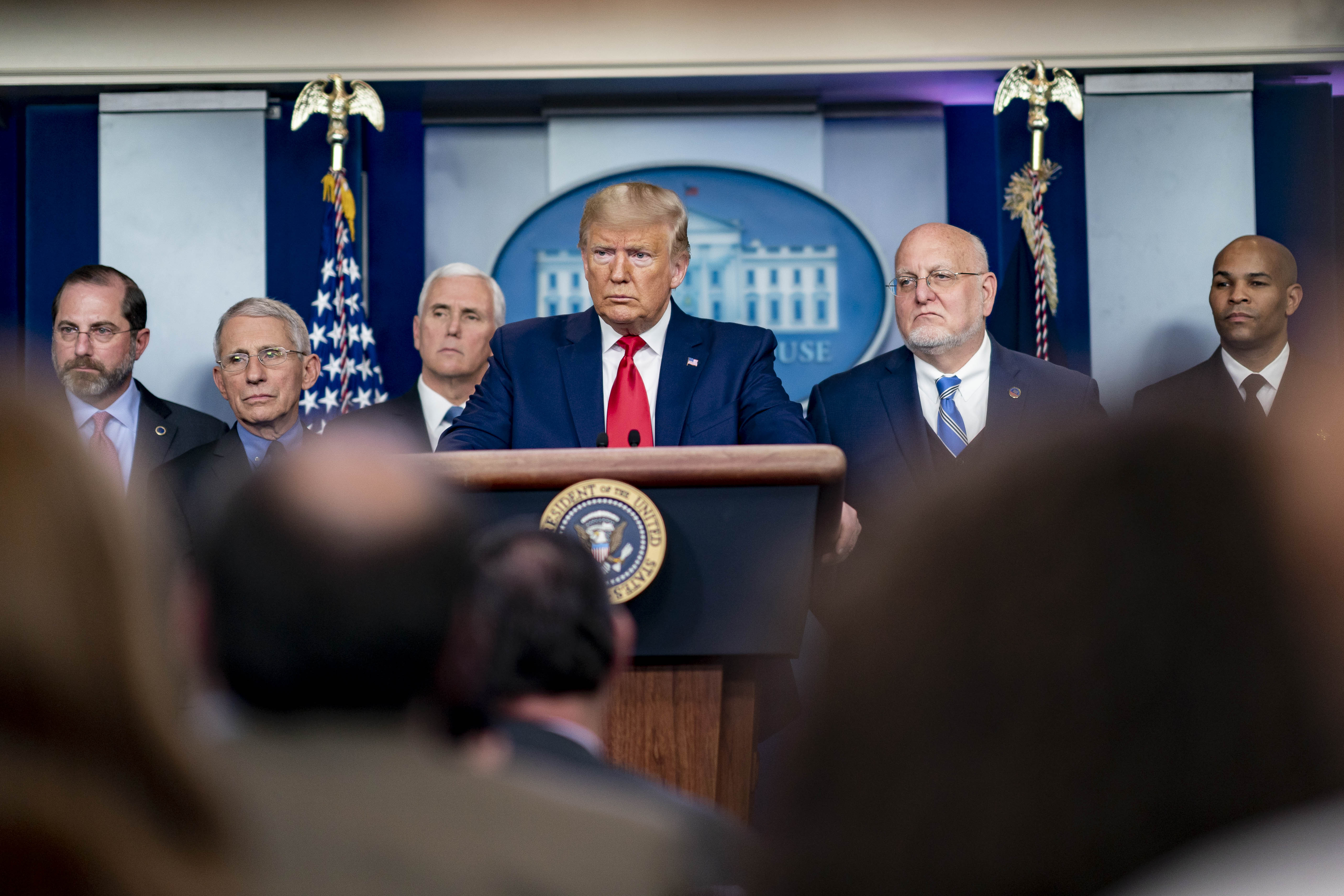Coronavirus
Social Distancing and Stay-Home Orders Are Likely To Save Millions
It was only after coronavirus proved so much more deadly in China and Italy that governments outside of Asia took dramatic actions including radical social distancing and stay-at-home orders.

A new study by influential researchers at Imperial College, London finds that COVID-19 is more infectious and deadly than scientists had thought.
The new Imperial study finds that had nations done nothing, COVID-19 would have killed 40 million and infected seven billion.
An earlier, March 16th study by Imperial College, predicting millions of deaths, helped inspire UK, US, and other governments around the world to take much stronger actions including stay-at-home orders, last week.
Some conservative pandemic skeptics misrepresented the new study as saying something closer to the opposite of what it actually said.
“Epidemiologist Neil Ferguson, who created the highly-cited Imperial College London coronavirus model,” wrote the Daily Wire, “offered a massive revision to his model on Wednesday.”
What the reporter failed to note was that the revision to the model was based on the nationwide lockdown the UK government imposed, not because researchers had over-estimated the risk.
“Our analysis, therefore, suggests that healthcare demand can only be kept within manageable levels,” the Imperial researchers conclude, “through the rapid adoption of public health measures… similar to those being adopted in many countries at the current time.”
Over the last three weeks, it has become more clear that what makes the disease so deadly is that its transmission is so rapid that those made most sick from it overwhelm hospitals.
Healthcare systems in most nations are woefully unprepared for the resulting spike of patients needing critical care beds complete with ventilators and well-trained nurses.
Where pandemic skeptics suggested that Imperial College researchers had admitted to over-reacting, they were, in reality, saying something closer to the opposite. “Delays in implementing strategies to suppress transmission will lead to worse outcomes and fewer lives saved.”

The researchers concluded that even with severe mitigation strategies—60 percent reduction in social contacts for elderly and 40 percent reduction for everyone else—20 million people would still die because hospitals would become overwhelmed in rich and poor nations.
In high-income nations like the US and UK, the peak demand for ICU beds would outstrip supply seven-fold, while in low-income nations, demand would outstrip supply 25-fold, resulting in many thousands of preventable deaths.
For that reason, the Imperial scientists conclude, “suppression strategies will need to be maintained in some manner until vaccines or effective treatments become available to avoid the risk of later epidemics.”
In truth, the big story is that COVID-19 turned out to be more infectious and deadly than scientists had originally believed. On February 26th, researchers at Columbia University’s Mailman School of Public Health estimated the novel coronavirus could kill 12 million and infect 3.5 billion.
Other top scientists underestimated the risk, including Anthony Fauci, the head of the US National Institutes of Health, and the top scientist guiding US efforts. On January 26th Fauci said, “It’s a very, very low risk… isn’t something the public needs to worry about or be frightened about.”
It was only after coronavirus proved so much more deadly in China and Italy that governments outside of Asia took dramatic actions including radical social distancing and stay-at-home orders.
“If a suppression strategy is implemented early,” Imperial researchers found, “and sustained, then 38.7 million lives could be saved whilst if it is initiated when death numbers are high… then 30.7 million lives could be saved. Delays in implementing strategies to suppress transmission will lead to worse outcomes and fewer lives saved.”
Popular resistance to suppression could lead to rapid transmission and more death, making it imperative for national leaders to offer a vision for how the pandemic ends, scaling up testing, and give people who are not allowed to work the money and resources they need to survive.






